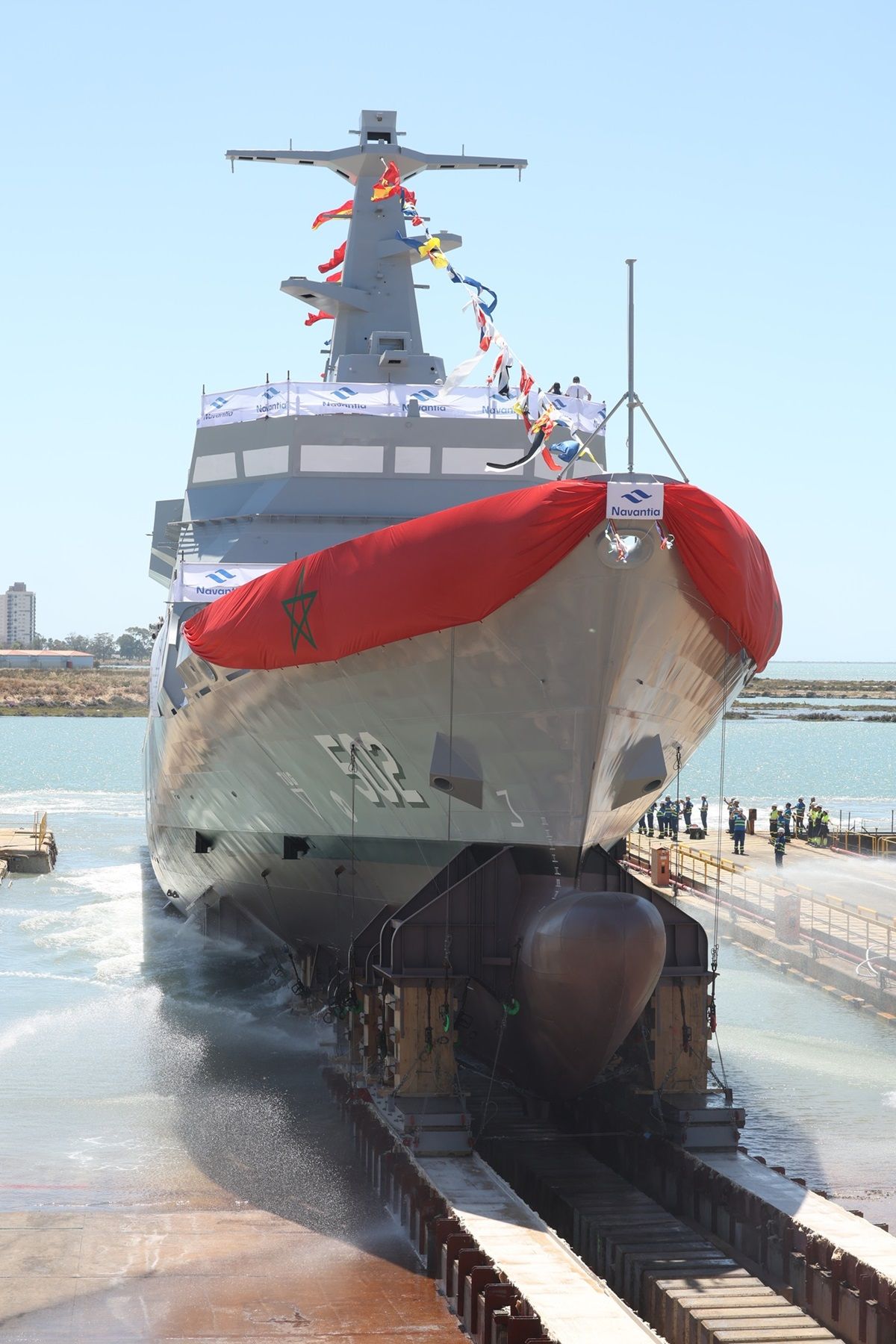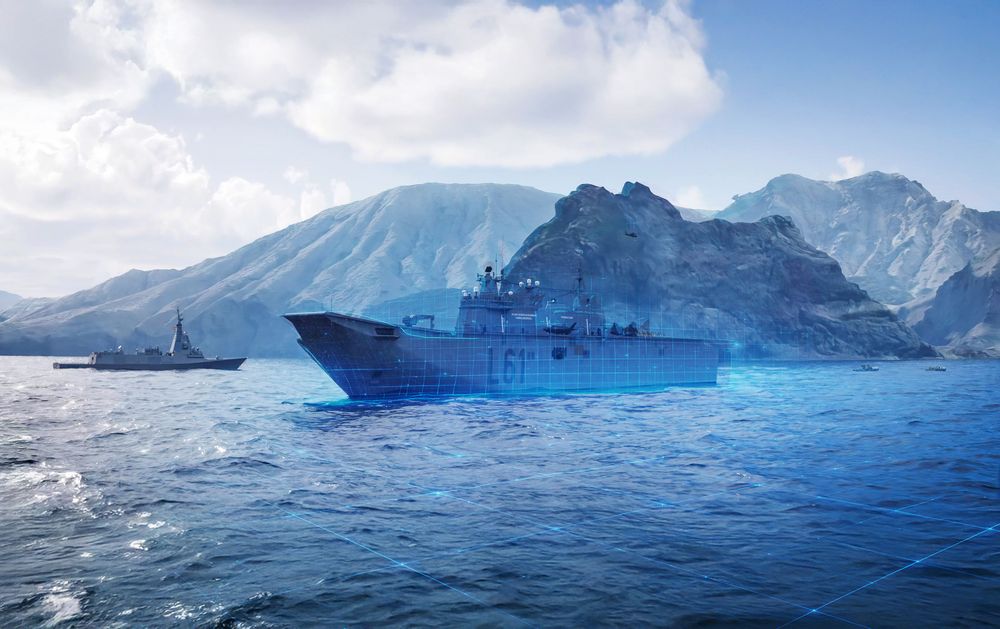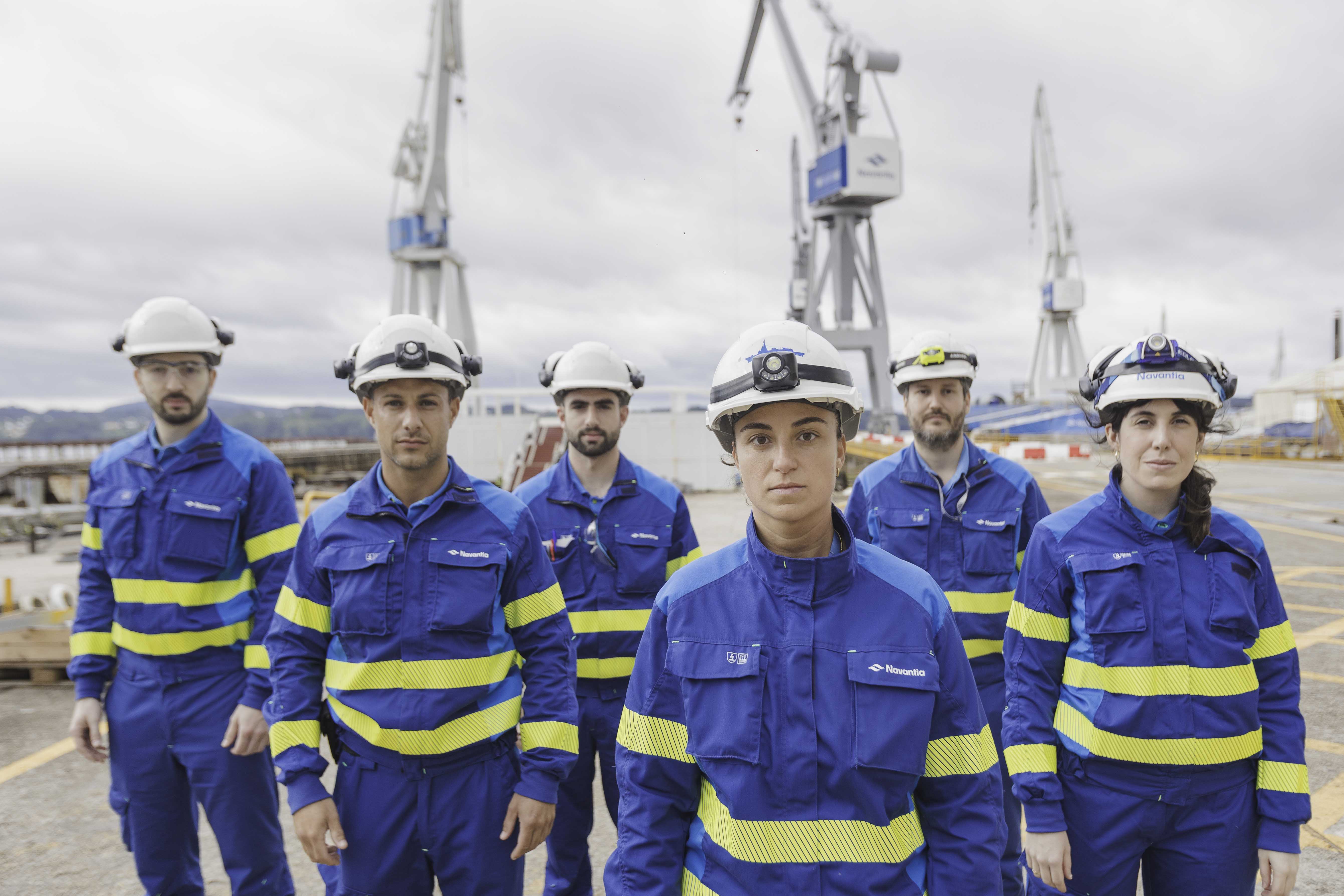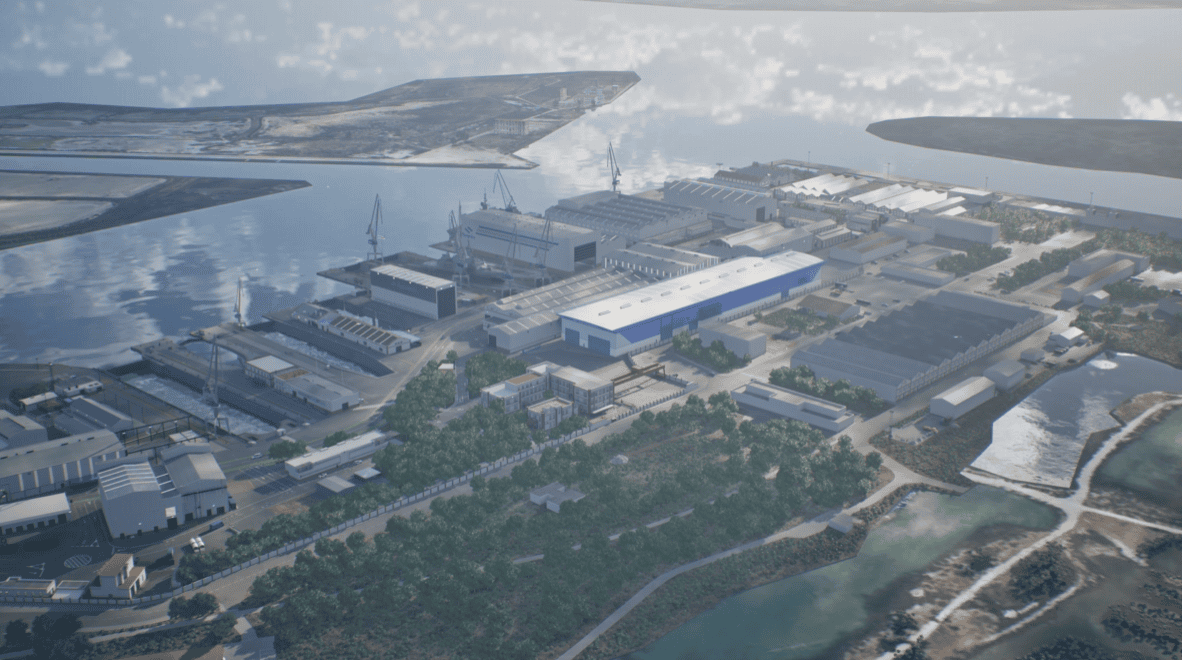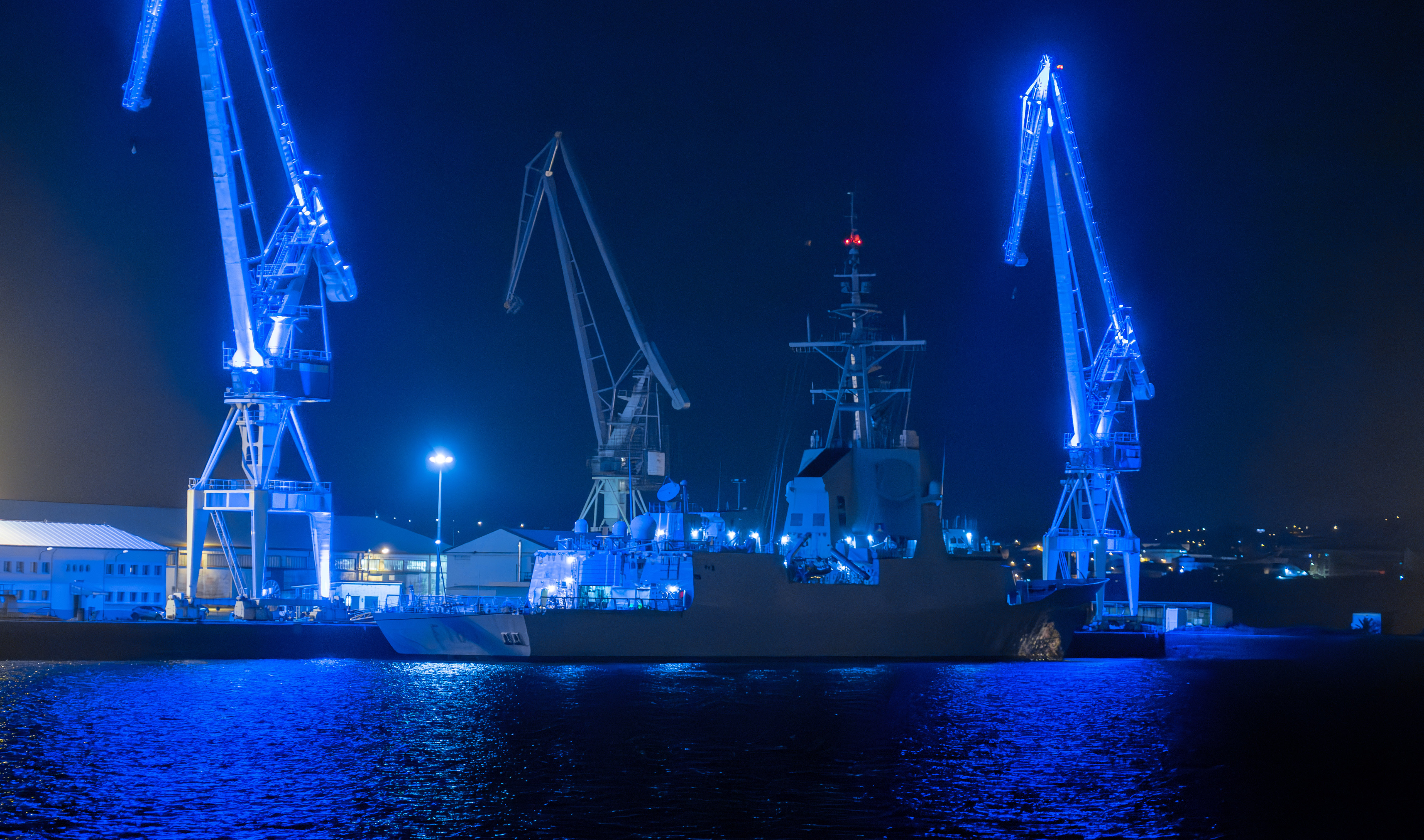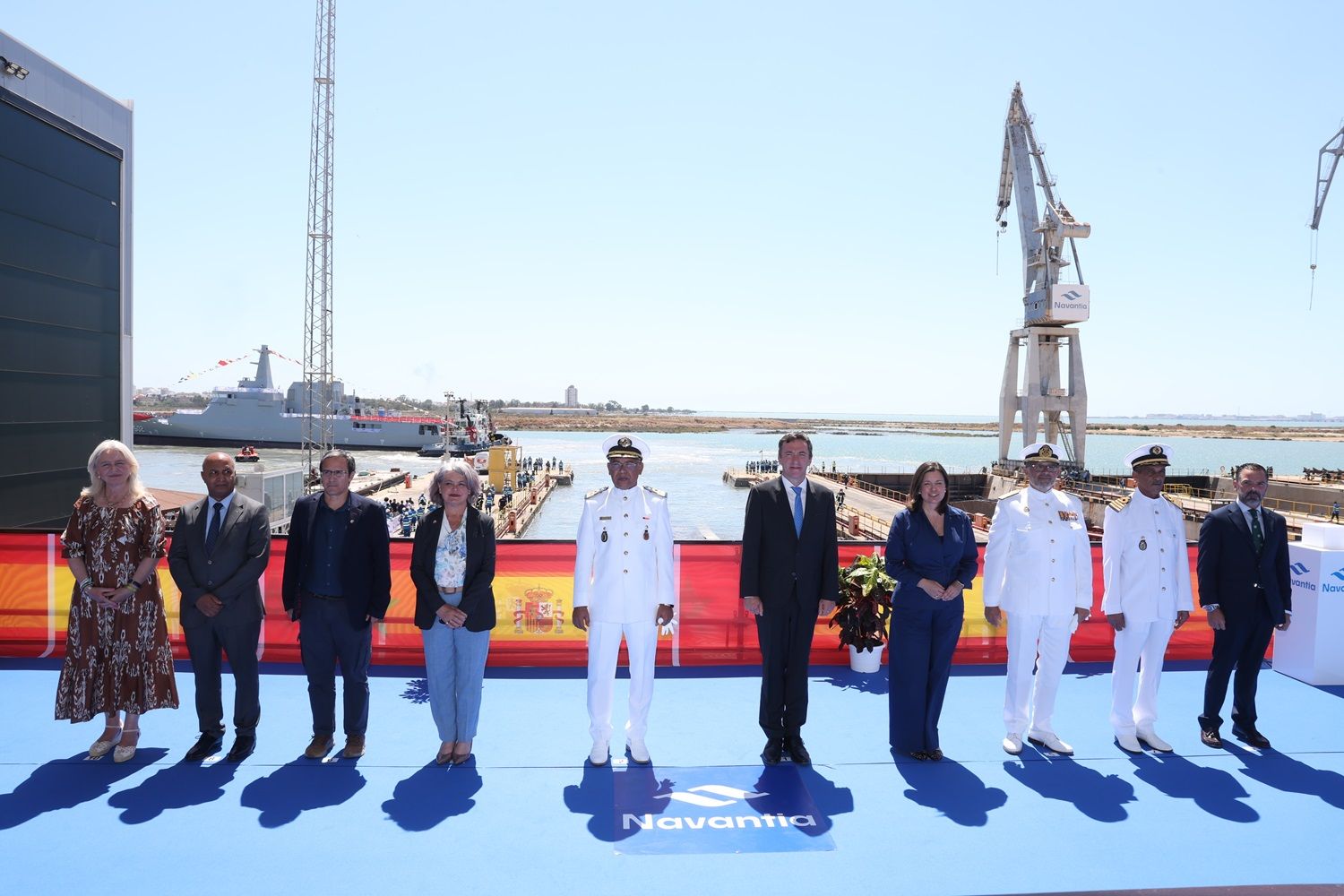Navantia San Fernando shipyard celebrated this Tuesday the launch ceremony of the OPV that the company has built for the Royal Moroccan Navy.
The event was attended by various authorities such as the mayor of San Fernando, Patricia Cavada; the mayor of Puerto Real, Aurora Salvador; the deputy government delegate in Cádiz, Blanca Flores; or the Chief of the Arsenal of Cádiz (ALARDIZ), Vice Admiral Rubén Rodríguez Peña.
The director of the shipyard, Alberto Cervantes, was in charge of welcoming all attendees. He recalled the importance of successfully fulfilling this order, which will be followed by other projects already in the portfolio. He also had an emotional memory of his predecessor in the position, with whom this program began, José Antonio Rodríguez Poch, on the first anniversary of his death.
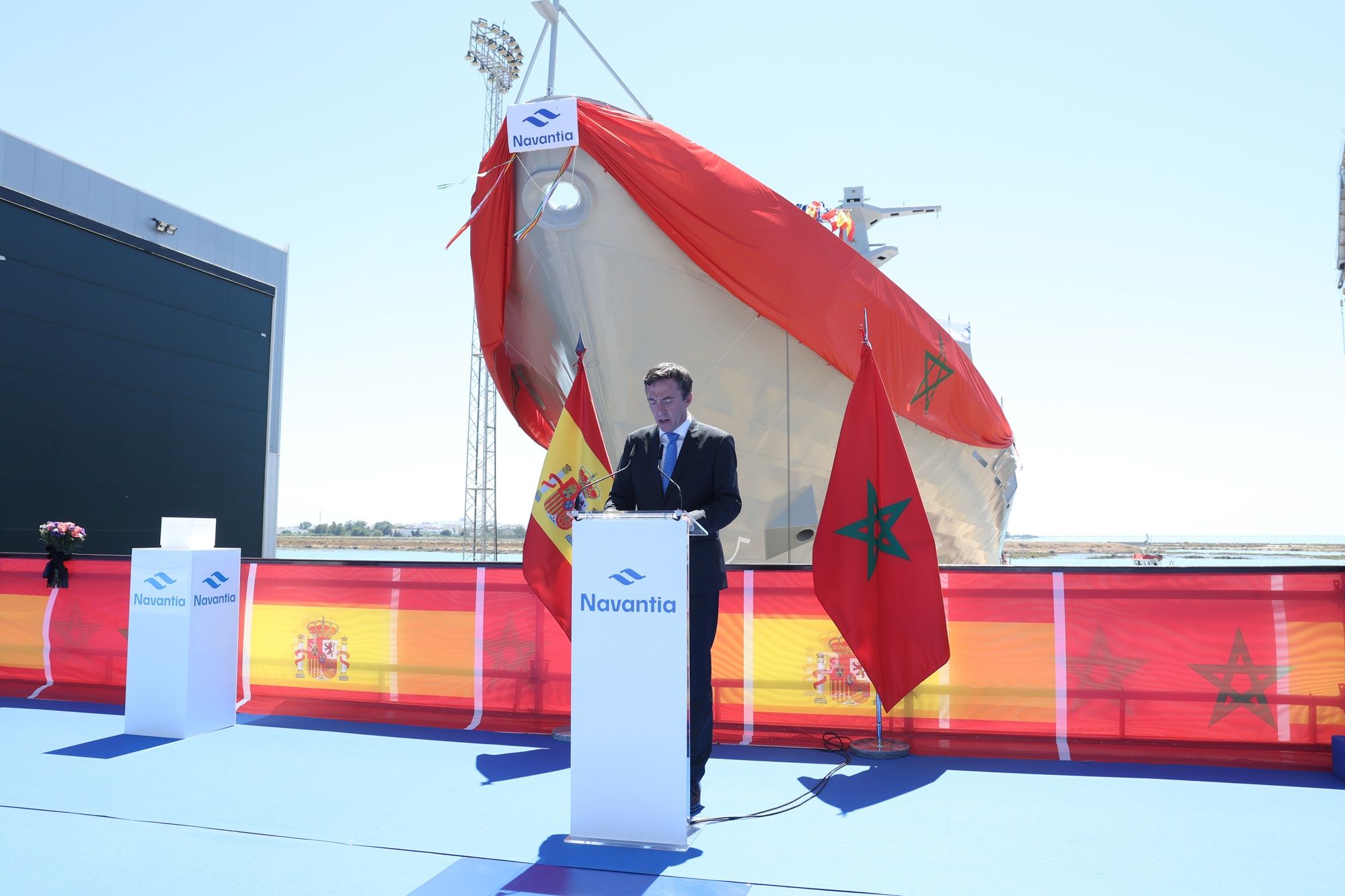
Next, the representative of the Royal Moroccan Navy, Captain Mohammed El Fadili, took the floor. In his speech, he highlighted the importance of this project "as an expression of the deep ties of friendship and cooperation that unite the Kingdoms of Morocco and Spain in general, the Royal Navy and the Navantia shipyard in particular".
He then highlighted the cutting-edge technological features, "which fully embody the ambition of the Royal Moroccan Navy to acquire an efficient, versatile, and durable fleet within the framework of the modernization of all the Royal Armed Forces decided by His Majesty King Mohammed VI, to face constantly changing maritime security challenges".
Finally, the president of Navantia, Ricardo Domínguez, emphasized that the program represents "not only a construction milestone but also the strength of a collaboration that consolidates over time" and "testimony of the shared commitment between Spain and Morocco for security and technological excellence." Ricardo Domínguez thanked the work of the Navantia workforce and the collaborating industry in this "enormous collective effort and commitment".
Once the speeches were finished, the director and the representative of the Moroccan Navy, Alberto Cervantes and Mohammed El Fadili, pressed the button that activated the mechanism by which the patrol boat slid down slipway number 3 into the sea.
The patrol vessel, which is construction number 565 of Navantia San Fernando, has a length of 87 meters and a total beam of 13 meters, and can accommodate a crew of 60 people on board. Its construction also includes a technical-logistical support package (spare parts, tools, and technical documentation), including technical training services for Royal Moroccan Navy personnel in Spain.
The patrol vessel is a solution that guarantees long deployment periods at sea with very low operating and life cycle costs. To achieve this, the design of its systems aims to maintain operability, maintainability, and reliability with a reduced crew.
